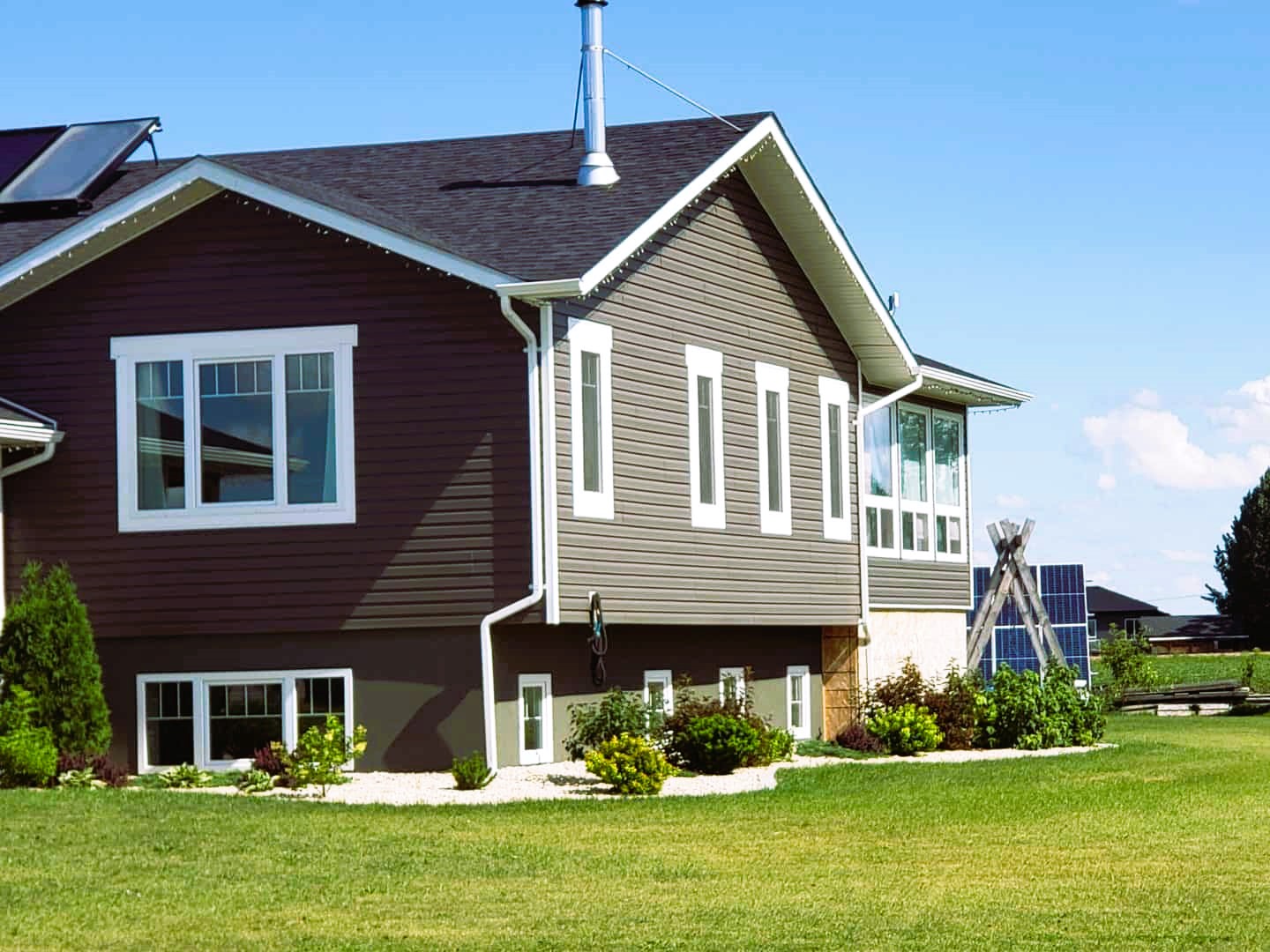
Windows play a crucial role in the overall energy efficiency of homes, especially in a country like Canada where harsh winters and hot summers are common. Well-insulated windows can significantly impact the energy consumption of a household, leading to reduced heating and cooling costs, improved comfort, and a smaller carbon footprint. This article explores the importance of windows in Canadian home insulation and energy savings, highlighting key factors to consider when selecting energy-efficient windows.
Energy Loss through Windows
Windows are known for their vulnerability to energy loss. Inefficient windows can result in significant heat transfer, leading to increased energy consumption and higher utility bills. In Canada’s cold climate, heat loss through windows can be a major concern during the winter months. According to Natural Resources Canada, windows account for approximately 25% to 35% of a home’s total heat loss. This statistic emphasizes the need for energy-efficient windows to minimize energy wastage.

Energy-Efficient Window Technologies
To address the issue of energy loss, modern window technologies have been developed to improve insulation and reduce heat transfer. These energy-efficient windows are designed to provide superior thermal performance by incorporating various features such as:
a. Low-E Coatings: Low-emissivity (Low-E) coatings are thin, virtually invisible layers applied to window glass. These coatings help to reflect heat back into the room during winter and block solar heat gain during summer, thereby reducing energy consumption for heating and cooling. Selecting Soundproof Windows for Canadian Residences, Noise Reduction Solutions.
b. Multiple Glazing: Double-glazed or triple-glazed windows consist of two or three layers of glass with an insulating gas (such as argon) sealed between them. This design enhances insulation by reducing heat transfer through the glass and improving the overall energy efficiency of the window.
c. Insulated Frames: Window frames also play a crucial role in energy efficiency. Insulated frames made of materials like vinyl, fiberglass, or wood with thermal breaks help reduce heat transfer and enhance the window’s overall insulation properties.
d. Weatherstripping and Sealing: Proper weatherstripping and sealing around windows prevent drafts and air leakage, improving the window’s ability to retain heat and reduce energy loss.
Energy Savings and Environmental Impact

Investing in energy-efficient windows can lead to significant energy savings and positive environmental impact. By reducing heat loss during winters and heat gain during summers, homeowners can lower their reliance on heating and cooling systems, resulting in reduced energy consumption and lower utility bills. Moreover, energy savings translate into a smaller carbon footprint, as less energy is required to maintain a comfortable indoor temperature throughout the year.
According to Natural Resources Canada, upgrading single-pane windows to energy-efficient double-glazed windows can save an average Canadian household up to 12% on heating costs. The exact savings will vary depending on factors such as window size, orientation, insulation levels, and local climate conditions. Additionally, energy-efficient windows can contribute to improved indoor comfort by reducing cold drafts and minimizing condensation on window surfaces.






